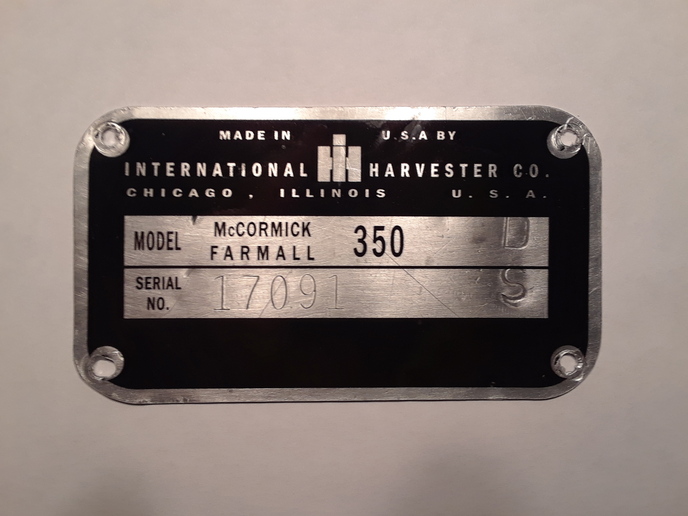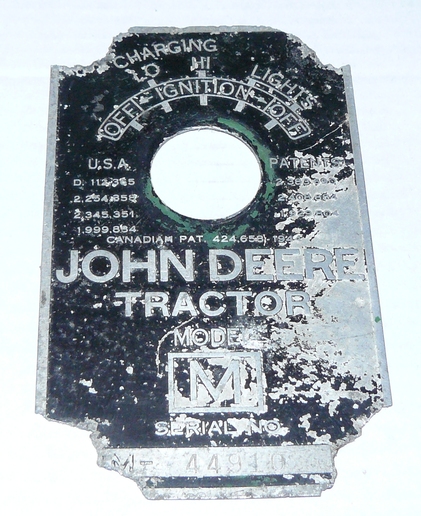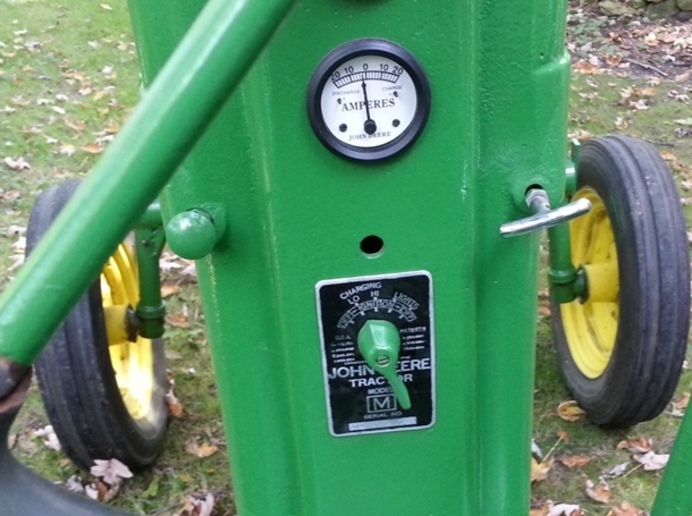Here's the safest way to remove them:
1. Take your time throughout. In this process - haste DOES make waste.
2. Using masking tape, put a one inch minimum piece of tape over each rivet. Press the tape down hard around the head so it is plainly visible.
3. Use a small hand grinder like a Dremel tool with a 3/8" diameter round stone to start.
4. Brace your hand against the block while you carefully grind the head away. Use medium to high RPM speed. Start slow to get some practice. If you slip, the tape will offer protection of the plate. So add more tape often as needed. Sometimes a double layer on each side of head works good too.
5. Grind the head down to where it is nearly flat with the tape.
6. At this point you could switch your grinding stone to a smaller diameter like 1/4" or less but stay with a round point stone.
7. You should be able to get the head ground away completely or if there is a small ring left - use a 1/4" drill bit turned by hand, or small chisel to just poke it loose.
8. At this point the plate will come off with very little prying.
9. With the plate off you'll have rivets that will be slightly sticking out of the block (or other surface they're in). You have two choices now. You can try to center punch them without further grinding or you can grind them flat to the block and then center punch them. AGAIN TAKE YOUR TIME! A TIP - wear a head band magnifier and have a good bright light to help in punching the center of the rivet shanks.
10. Get a SHARP, SHARP! drill slightly smaller than the rivet shank. Place a piece of tape around it at 3/16" from the tip of the drill. BUY a new drill bit if yours are not sharp - its well worth it and will help getting the old rivet out without walking around it and ending up with the hole in the wrong place.
11. The drilling should go easily as the rivets are usually a soft metal, steel or brass. Drill in to the depth of your tape marker on the drill bit.
12. The depth of the hole should be enough for most rivets but if you need to go deeper this can be done when you're ready to mount your restored or new plate. Check the hole depth with a wire or caliper gauge once you have your new rivets. The diameter can be checked at that time also and enlarged easily if needed. Only small adjustments should be needed at this point
THAT'S IT.
Regarding your plates - if corners are corroded or ripped as you say, this can usually be repaired. I have repaired and restored many with these problems. See attached photos of before and after restoration. For this plate the center switch nut is used to hold it on, thus no rivets were used.
Are you located in Wis or IL? I could help you with the removal.





